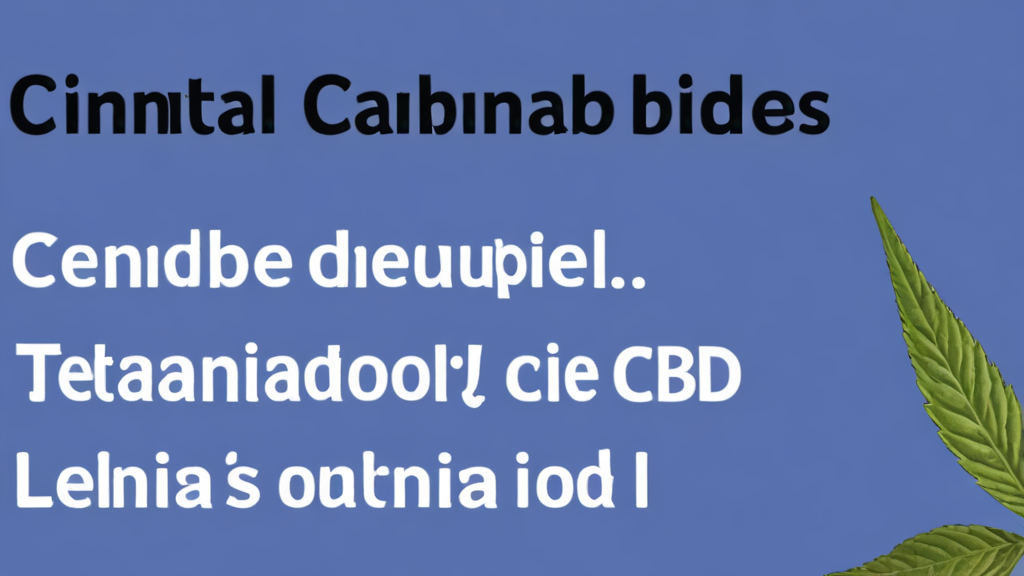Introduction to CBDA
Cannabidiolic acid (CBDA) is a non-psychoactive cannabinoid found in the cannabis plant and is the acidic precursor to cannabidiol (CBD). Although CBD has received a lot of attention for its benefits, its acidic counterpart, CBDA, has flown under the radar in comparison.
How CBDA Works
Before decarboxylation, the cannabinoid CBD exists in the acidic form as CBDA. After the heating and decarboxylation process, CBDA is converted into the chemically neutral cannabinoid, CBD. Although CBDA is not as potent as CBD, its synergy with other cannabinoids and terpenes can increase its therapeutic efficacy.
Benefits and Uses of CBDA
CBDA has multiple potential health benefits and medical uses, including its anti-inflammatory action and anti-tumor potential. Additionally, it acts on serotonin receptors, making it useful for overcoming anxiety and nausea.
Side Effects and Interactions
The side effects of CBDA are mild and similar to those of CBD. Consult your doctor before using it with other medications.
How to Use CBDA
Look for products labeled “raw CBD oil” to get CBDA. Apply it locally to treat inflammation or take tinctures under the tongue to relieve nausea.
Cannabis Varieties with High CBDA Content
Certain strains of raw cannabis contain high levels of CBDA before decarboxylation. Some of these varieties include Harlequin, Cannatonic, and Charlotte’s Web.
Frequent questions
Is CBDA more effective than CBD? We don’t know for sure yet, but the investigation continues. Can CBDA help against COVID-19? Although there is research, it is not a standard treatment. Can you get CBDA and THCA through hemp juices or raw cannabis? Yes, it is an excellent option.
Conclusion
CBDA is a promising cannabinoid with health benefits. As more studies are conducted, we will learn more about its effectiveness and applications.
